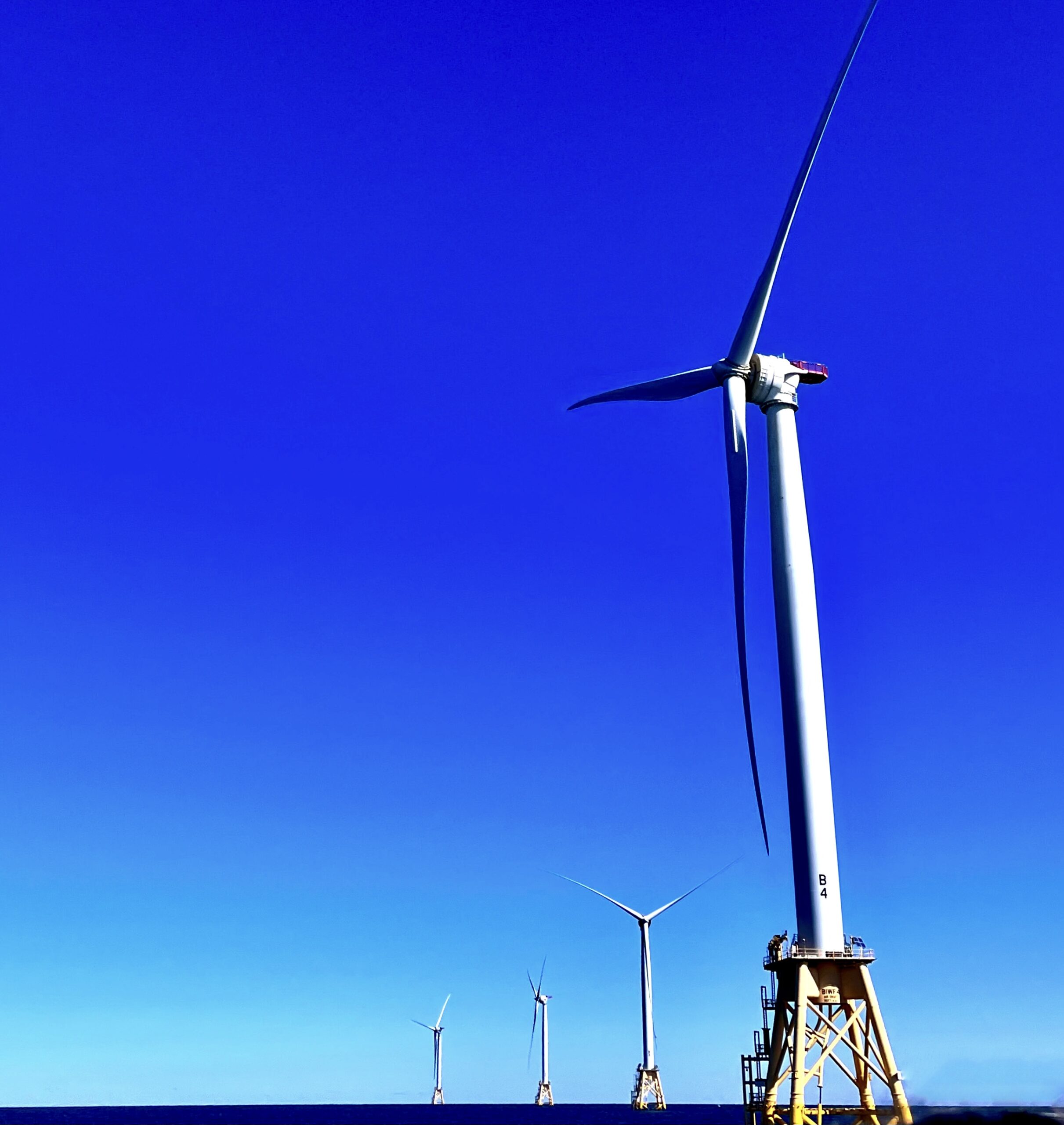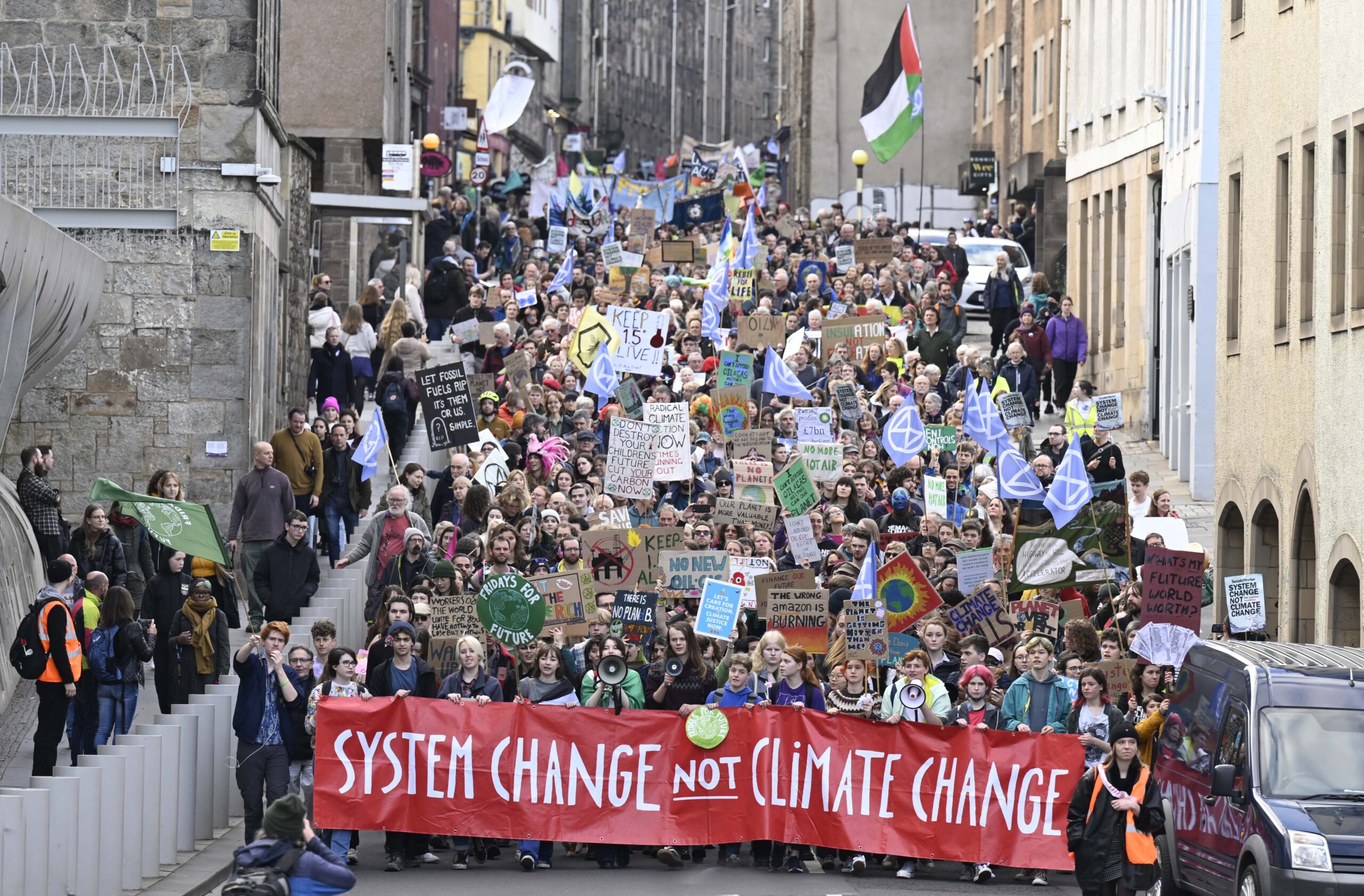Washington, D.C. – Today, at an international offshore wind conference in Princeton, NJ that drew over 800 business, labor, finance, and government leaders, Department of the Interior (DOI) Secretary Ryan Zinke announced two major actions to advance offshore wind energy development in the Northeast: a Proposed Lease Sale Notice for two areas off the coast of Massachusetts (DOI release here), and a Call for public and industry input on potential new lease areas in the New York Bight – the first of a multi-step process by the Bureau of Energy Management to evaluate options for new lease areas that could serve the growing state markets for offshore wind in this region (BOEM release here).
Earlier this week, National Wildlife Federation President & CEO Collin O’Mara addressed this conference, bringing a strong message of support for responsibly developed offshore wind power as critically needed clean energy solution.
Following is a response from O’Mara on today’s announcements:
“America took a big step forward today toward a clean energy future. National Wildlife Federation strongly supports the responsible development of offshore wind power and is encouraged to see continued action by the Department of the Interior and Secretary Zinke to move the leasing process forward for wind energy far off the coasts of New England, New York, and New Jersey. Offshore wind power offers an unmatched opportunity to build a new generation of clean energy infrastructure that will bring tens of thousands of jobs, reliable and affordable power, cleaner air, and a critically needed climate solution to America.
Looking forward, we must ensure that all projects developed in these areas are done so responsibly, avoiding important habitat areas and ensuring that essential protections are in place for our most vulnerable marine wildlife such as the critically endangered North Atlantic right whale. We applaud the states of Massachusetts, New York, and New Jersey for their significant commitments to offshore wind power, and these new lease areas will create further competition and opportunities for state leaders to select projects that maximize local economic benefits and minimize impacts to marine wildlife.”
For more information on the status of offshore wind power in the US, see here.
 Offshore Wind Energy
Offshore Wind Energy 

